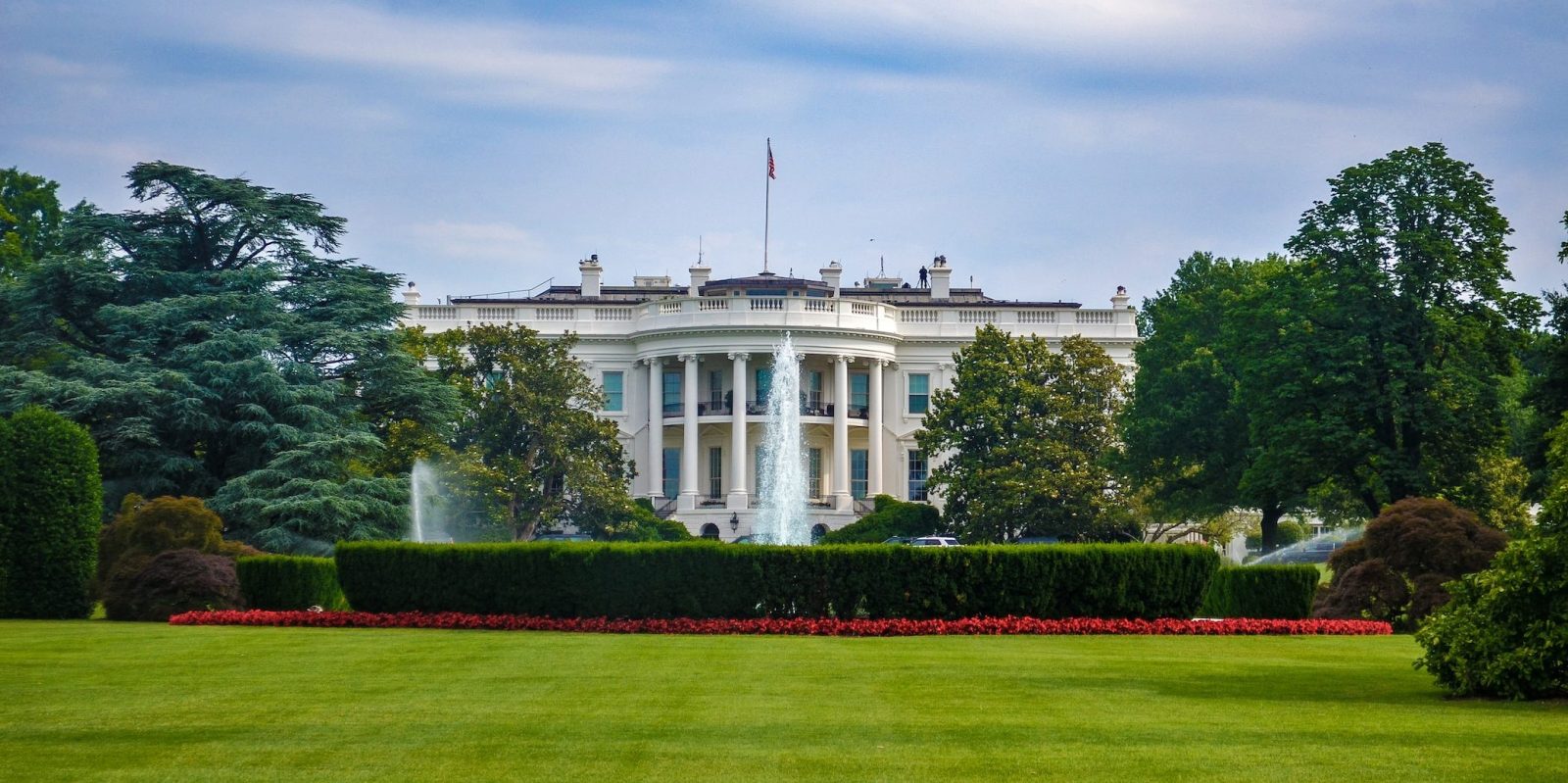
The Department of Transportation has finalized its newest Corporate Average Fuel Economy (CAFE) standards, requiring an increase in fuel economy that will reduce pollution and save Americans $23 billion in fuel costs, but are nevertheless softer than the administration had originally sought.
The new CAFE standards cover model years 2027-2031 and target a fuel economy increase of 2% per year, bringing average fuel economy for light duty vehicles up to 50.4 miles per gallon in 2031. The increases are larger for heavy duty pickups and vans, with 10% increases from 2030-2032 and 8% from 2033-2035, targeting 35mpg average for these vehicles by 2035.
The DoT says the new rule will save car and truck owners $600-700 over the lifetime of their vehicles, and save the country $23 billion in fuel costs total. They will reduce carbon emissions by 710 million tons and save 70 billion gallons of gas by 2050.
Nevertheless, these rules are much softer than the administration had originally proposed, as the proposed rule would have targeted 55.7mpg, rather than 50.4mpg.
(Note: CAFE fuel economy calculations are more lenient than EPA calculations, especially on electric vehicles (though that calculation just changed too), so cars won’t see an average of 50mpg in the real world)
These numbers are much lower than the effect of the EPA’s newly-finalized emissions rules, which the administration said will save $100 billion per year in fuel and health costs, cut 7 billion tons of climate pollution, and save $6,000 per vehicle.
The two rules are meant to complement each other, attacking the problem of pollution and fuel costs from different angles.
The EPA’s rules regulate tailpipe pollution in a technology-agnostic way, allowing automakers flexibility in how they meet higher emissions standards. And CAFE simply sets an average fuel economy requirement – which is also technology-agnostic, and automakers can meet it by increasing efficiency in whatever way they see fit.
In either case, a higher electric vehicle share is the easiest way to meet the new numbers, so both will encourage automakers to offer more consumer choice of high-tech, low-polluting electric vehicles. The DoE also recently reduced how much “extra credit” EVs get, which means automakers can’t just sell a few EVs to meet higher targets, and will have to offer a greater EV share. This new calculation will make the new CAFE rules more effective, offsetting some of the disappointment from the lower mileage target.
The complementary rules will also be more resilient to legal challenges from a republican party that is hostile to human health and the pocketbooks of Americans.
Several republican attorneys general have already filed suit against the EPA regulation, demanding that Americans be saddled with higher fuel costs and more poisonous air in order to satiate their donors in Big Oil. And the convicted felon running for president on the republican ticket has told oil companies he will take $1 billion in bribes in exchange for efforts to make cars more expensive for Americans.
But both are well within the purview of the EPA’s and DoT’s mandates, as has been recognized many times in the past. And even if the US supreme court ignores the law to rule against one (as they have done before), the other might survive for longer.
Reaction to today’s CAFE rule was mixed. Environmental and health groups were mostly positive on it with Sierra Club and American Lung Association supporting the changes, though Dan Becker of the Center for Biological Diversity said the rules don’t go far enough and that the administration “caved to automaker pressure.”
Automakers, for their part, supported the changes, through the Alliance for Automotive Innovation, the main automaker lobbyist. AAI President John Bozzella (who we have repeatedly covered for lying to support more pollution) said that the rule “works with the other recent federal tailpipe rules,” which was AAI’s main desire – to ensure that the various government rules were complementary of one another, instead of in conflict. That said, given his opposition to reasonable rules in the past, his acceptance of this rule does inspire some skepticism.
Beyond these rules, the administration has implemented lots of other policies to encourage the transition to EVs.
To take care of upfront costs, the Inflation Reduction Act includes credits for light- and heavy-duty EV purchases and charger installations, along with incentives for domestic manufacturing. The Bipartisan Infrastructure Law incentivizes chargers further.
On the commercial/heavy side, ports get specific support from the Clean Ports Program, as do school buses, and the EPA is ensuring that California will remain a testbed for even better environmental rules. The administration also recently released a master infrastructure plan to electrifying all the US’ freight routes by 2040.
Biden also recently increased tariffs on EVs, supposedly to help encourage domestic manufacturing. But this is probably the wrong way to approach the problem.
